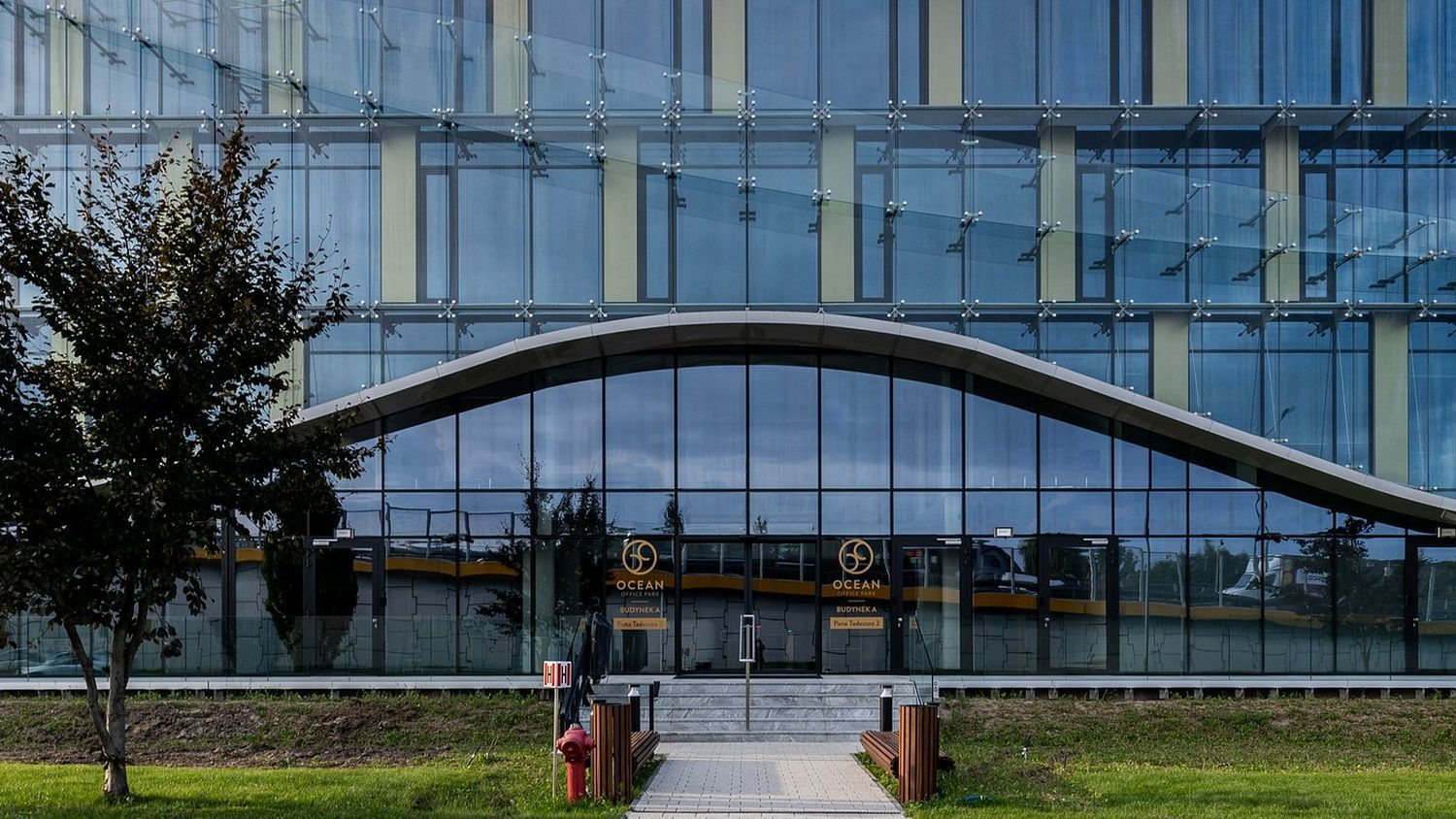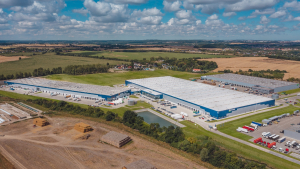
After Q1 2024, which saw the weakest transaction volume in years (€364 million), Polish capital led the way in commercial property investments, accounting for 25% of the total volume. Notably, the volume of investments by Polish capital in the first half of the year was double that of the previous year. For reference, the average share of Polish capital in the market from 2018 to 2022 was just around 2%, says Artur Czuba, Associate Director, Investment at Avison Young.
After Q1 2024, which saw the weakest transaction volume in years (€364 million), Polish capital led the way in commercial property investments, accounting for 25% of the total volume. After the first half of the year, when large portfolio transactions finally came to market (the sale of six shopping centres by Cromwell and the sale of part of CPI's portfolio share) Polish capital had moved to fourth place (12%), behind British capital (29%), capital from Central and Eastern Europe (CEE; 18%), and Western European capital (13%).
Notably, the volume of investments by Polish capital in the first half of the year was double that of the previous year. For reference, the average share of Polish capital in the market from 2018 to 2022 was just around 2%.
Considering market data and the activity of various players in the Polish investment scene, it’s clear that Polish capital is gaining momentum, shifting its focus from residential to increasingly bold investments in commercial real estate.
Client segmentation
Local investors in Poland range from larger, well-organized investment entities with extensive experience, such as Satoria Group, Falcon Investment Management, and Sky Estate, to smaller "family offices" and individual investors.
There is a noticeable influx of investors from the latter group, many of whom have already achieved significant financial success in their primary business ventures. These individuals view real estate as a relatively safe option for investing surplus capital, allowing them to diversify their income streams.
As the market matures, AY anticipates an increase in transactions being conducted through a new legal structure - family foundations. This setup will enable many family leaders to implement secure succession planning for the businesses they have built over the years.
Most preferred assets
Polish investors primarily focus on smaller and more affordable assets due to their available capital. In the retail sector, they are particularly interested in single, free-standing grocery stores and retail parks. The typical price for such assets ranges from €7-9 million, though newer and larger retail parks can reach up to around €30 million.
Additionally, Polish investors show interest in older office buildings, often located in prime areas, which are purchased at attractive prices. These acquisitions are typically driven by plans to either redevelop or demolish the existing buildings to construct new properties with different uses. Such properties usually fall in the price range of a few million to several million euros. Notable examples of such purchases in 2024 include Curtis Plaza and the remainder of myHive Mokotów, both situated in the Mokotów Business Area.
Some transactions involve the acquisition of vacant properties for modernization and re-commercialization. Notable examples of such projects completed in the first half of 2024 include the Ludna 2 office building and the former Tesco building in Góra Kalwaria. Some of these assets will be sold at a profit after redevelopment to generate further reinvestment opportunities, while others are acquired with a long-term view of yielding steady income.
Interestingly, all hotel properties sold in the first half of the year were acquired by Polish investors. For instance, Satoria Group purchased two Hampton hotels, while TMS Inwestycje acquired the Holiday Inn near Warsaw. In the case of Satoria Group, a company specializing in hotels, the transactions included properties that are somewhat dated and require investment and refurbishment.



